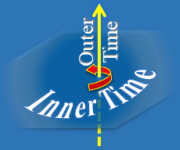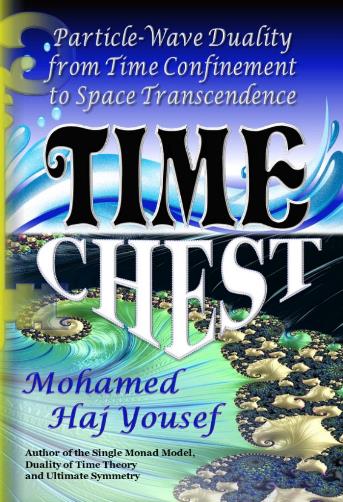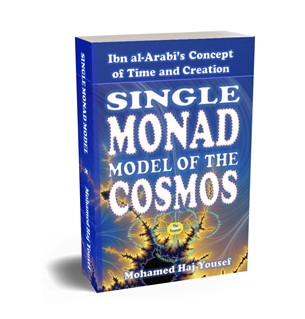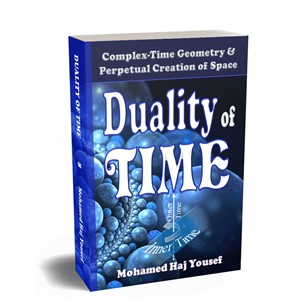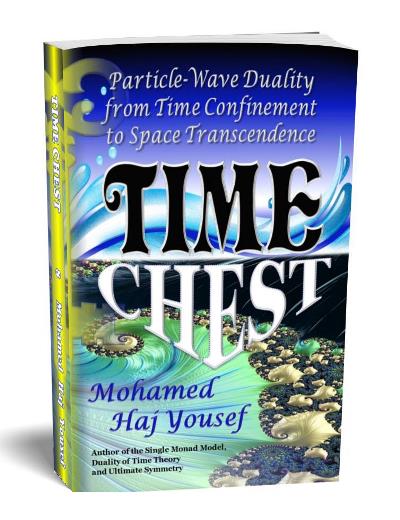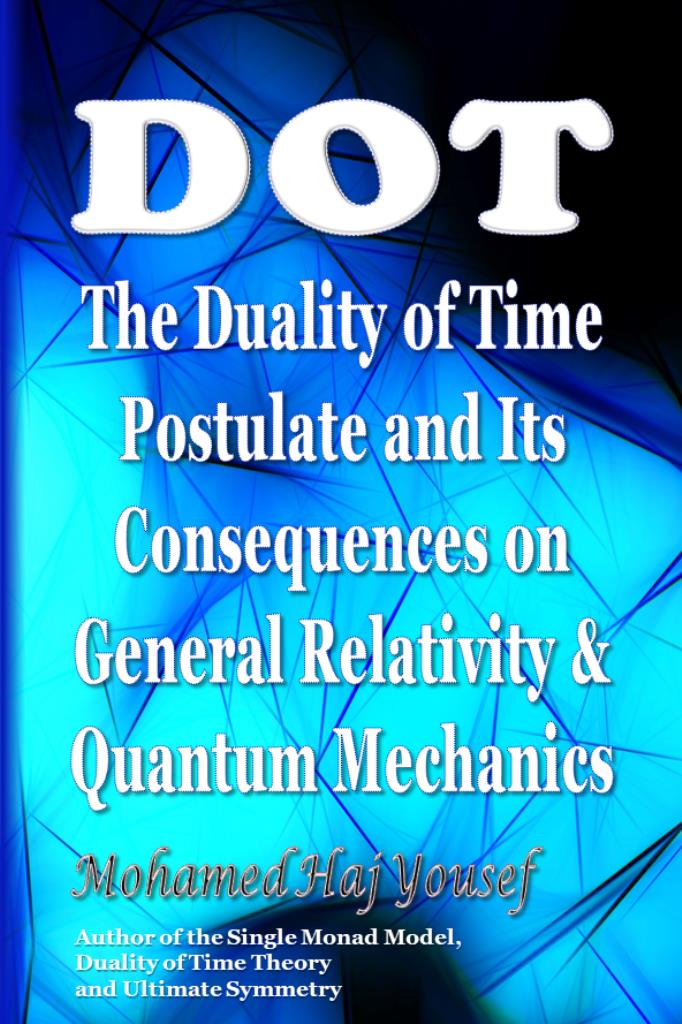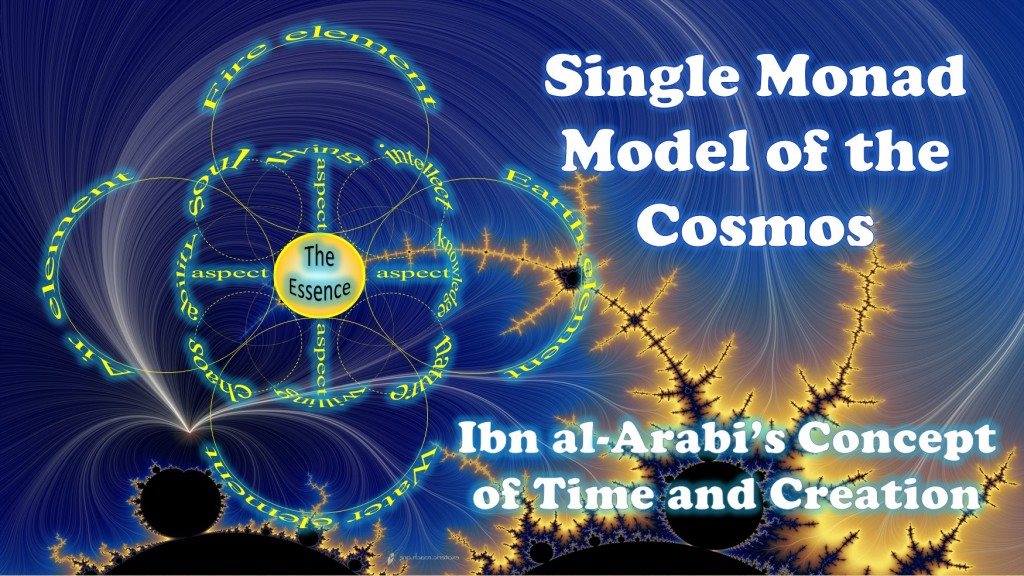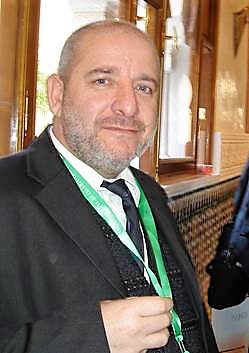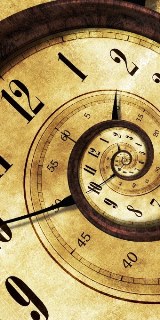2.2.4 Causality and the Reality of Motion
Time, therefore, is necessary to
describe motion. But the answer to the question “what is motion?” may not be
as obvious as it might at first appear. Matter is in continuous motion, and
objects require a cause to move; this is indisputable philosophical fact. But the basic issue in the philosophy of motion is whether the
matter-in-motion can be itself the cause of its motion? The dialectical
explanation considers that matter is the most primary source of the
development of completion, and therefore it can be itself the cause and
subject of motion. Metaphysical philosophy, on the other hand, insists on
differentiating between that which moves and the mover. This is because
motion is a gradual development and completion of a deficient thing, which
cannot by itself develop and complete gradually, and therefore cannot be the
cause of completion.
We have to admit that
physicists habitually accept a very naive concept of motion, usually expressed
by the formula “velocity is distance per time” (v=s/t), which is usually
used for a simple uniform motion on a straight line though other complicated
motions have more complicated equations that are all based on this simple
concept of distance per time. Such a simplified concept of motion has been
working nicely for many centuries and although modern theories slightly
corrected these classical (Newtonian) equations, they did not address the
more philosophical question about the nature of motion itself. To answer
this question, one has to verify whether space and time are discrete or
continuous, an issue that (as we introduced in Chapter I) still persists and
is unsettled even in the latest theories. However, we find some
philosophers, like Zeno, who argued that, whether we consider this way or
the other, we shall inevitably end up with some unsolvable paradoxes (as
demonstrated in Chapter II of Volume II).
Ibn al-Arabi, based on his
theory of the Oneness of Being and the principle of continual re-creation, gives a clear and far more extensive definition of “motion” which is utterly
different from the simple notion of just a distance in time. In chapter
(198), of the Meccan Revelations, he says:
Then you have to know that the truth about motion and rest is that
they are two states of the natural embodied things ... And that is because the embodied thing
will necessarily need a place to occupy by itself in the time of its
existence. So it may either be in the same place in the next time, or times,
which is called “rest” , or it is in the next place in the next time and in
the following place in the third time. So its appearing in and occupying
these places one after another can happen only by “changing” from one place
to another, and this may only be due to a cause. So it would be fine to call
this change “motion” , although we know there is nothing but the embodied
thing itself, the place, and the fact that it occupied a place next to that
which it occupied before. But those who claim that there is some (real)
thing called “motion” , which got into the embodied thing and caused it to
change from one place to another, they have to prove it! [II.457.27]
With the above definition of
motion, Ibn al-Arabi has in mind his basic principle of the “ever-renewed creation” , which suggests that the entire world is continuously being re-created every single moment of time, which we shall discuss in detail in Chapter V.
Therefore there is no real motion like that which we habitually perceive in
the human “common sense” or “estimation” faculty; in reality there is only a “change of place’: i.e., the thing that is the subject of motion
is being re-created in different places (not moved between them), so we
imagine motion.
Moreover, at the end of his
short book al-Durrat al-Baydaa (“The White Pearl” ), Ibn al-Arabi wonders how
(the general) people (not to mention physicists and philosophers) do not so
easily realize the delusion of motion and space. He says that “everything
that moves does not move in (already) occupied space, but it must move in a
void.” Then he explains that the thing may not move into a new place until
this new place is emptied beforehand. So by simple logic, this (false)
assumption would lead to the conclusion that the result of an action would
occur before the action itself!
For example, when we fill a
cup with water, the air already in the cup will have to be gradually
evacuated as water pours in. At any instance (the smallest duration of
time), before the water (the cause) can replace the air, the latter has to
be displaced (the result). So the result happens before the cause!
This radically different
conception meticulously challenges Newton’s law of action-reaction, which
practically speaking always holds true, but which seems to be
philosophically deceiving. So the mere concept of motion apparently violates
causality, the most fundamental principle
of physics, and common sense. Actually, Ibn al-Arabi (following earlier
radical theories in Islamic theology) even questions causality itself, where
he affirms that Allah says: “I create the things next to the causes and not
by them” [II.204.13]. Though this does not deny causality itself (i.e the
appearances of regular “natural” causes), it does suggest a radically new
type of strictly divine causality. We shall come back to this issue in the
coming chapter.
Ibn al-Arabi concludes,
therefore, that motion is only a new creation in different neighboring
places; there is no actual “path” of the object between its start and the
destination points when taken on the smallest scale of time (i.e., when time
itself is quantized). Based on this novel definition of motion, we can
explain Zeno’s famous paradoxes that have been discussed in Chapter II of
Volume II.
Actually, according to modern
physics, this is also what happens in the atom where the electrons “jump”
between two energy levels (that have different distance from the nucleus) without any possible existence in between. The reason for this is that the energy
of the atom is quantized, and when this energy changes either by absorbing
or emitting photons, the distance of some of its electrons from the nucleus
will change correspondingly. So because the energy is quantized, this
distance has to be quantized too; the electron therefore may not stay in
between the orbits at all, nor even smoothly jump between them; it may exist
only in this orb or in the other orbit that is at a discrete distance from
the first.
Moreover, the Quran gives an
example of such instantaneous motion happening for macroscopic objects, as
large as the throne of the queen of Sheba, when the unnamed man “who has
knowledge from the (divine) Book” brought it from Sheba to Solomon’s court
“in a blink of an eye” (Quran, 27:39).

